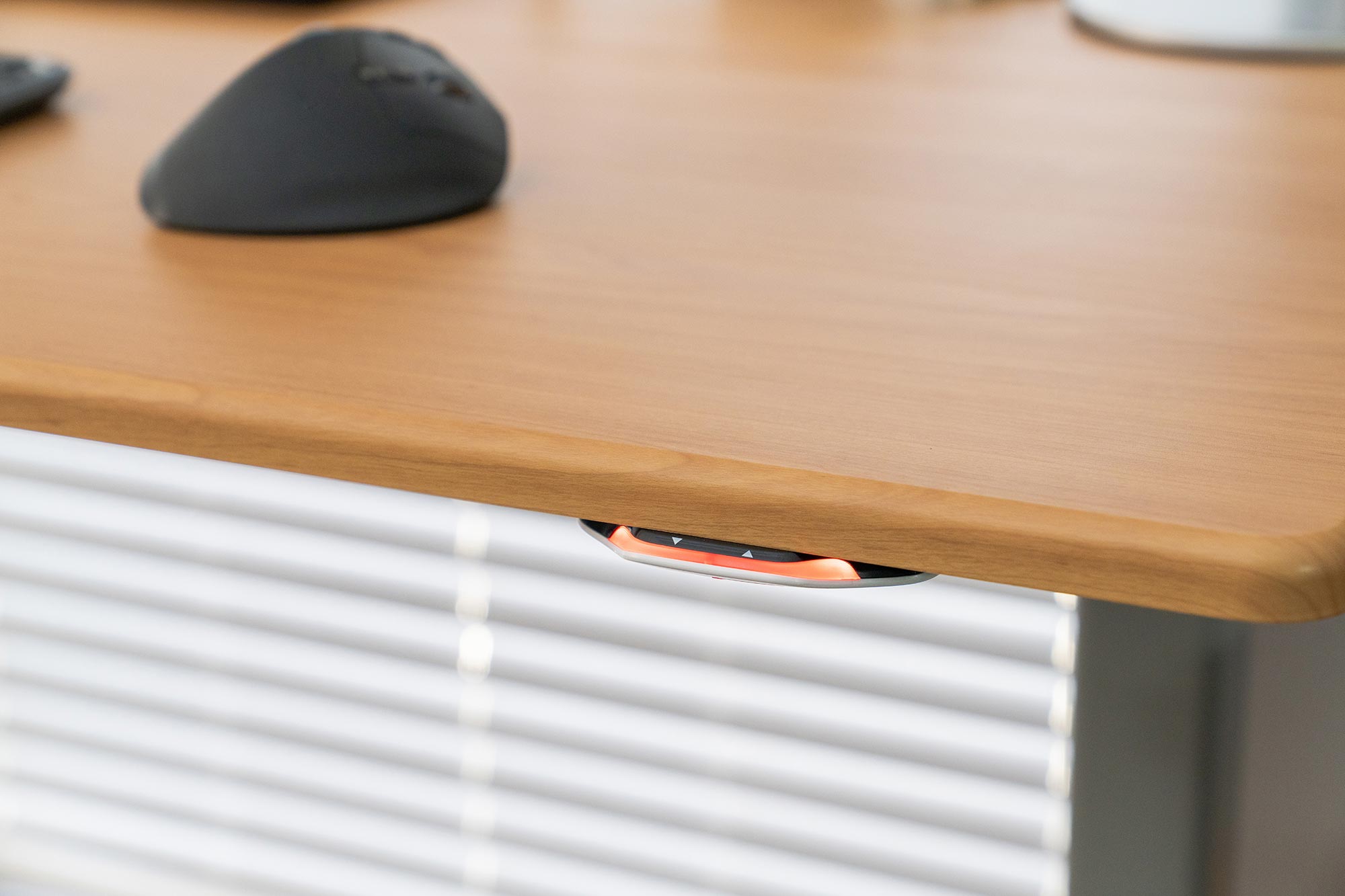At iMovR, we spend a lot of time talking about the problems with the modern sedentary lifestyle. Sitting disease, as it has come to be known, encompasses a wide range of chronic health problems that stem from spending too much time on chairs and couches. And no one is immune. Staying fit through regular exercise is not enough to counteract the lower back pain, reduced focus (brain fog), and potential weight gain that comes from sitting for hours at a time every day.
The only solution to sitting disease is to sit less. Desk jobs, in particular, seem designed around sitting. Going from a desk chair to one in the conference room, only to end your day sitting in a car commuting home—the opportunities to get up and move around might be too short or too infrequent to be helpful.
And this is why standing desks and treadmill desks have become so popular. Having the opportunity to stand and move while doing desk work has been a real game changer for office workers all over America. However, in their enthusiasm to spend time standing, some people end up overdoing it and run into another problem: prolonged standing can have negative effects, too.
Like in so many other things, the key is moderation. Standing and sitting are both natural postures for the human body, and the body wasn’t designed to remain in either position for hours on end.
How to Stand More at Work
The important thing to remember going forward is that you need to listen to your body. If you start to feel tired or sore, you should sit back down.With that out in mind, if you’re investing in an adjustable-height desk, you want to get the most out of your investment and actually spend time standing while working.
Helping Your Feet
Having an anti-fatigue standing mat will help you spend more time on your feet. According to one study, a 100% polyurethane mat like one of our Ecolast Premium standing mats can increase time spent standing by 30%, on average.
You can also consider a balance board. Make sure you get one that is designed for standing at your desk, and not one designed for the gym. What’s the difference? Stability. If you want to stay upright on a balance board meant for exercise, it requires concentration and core strength, but office balance boards aren’t meant to be that difficult to balance on. You’re trying to concentrate on your work, and the constant risk of falling over isn’t going to help. Office balance boards, like the Gymba, let you rock back and forth, adding NEAT movement to the time you spend at your desk. They engage your muscles when you want to balance, but they don’t require all your energy to do so.
If you have a footrest, you can use it while you are standing as well. Place one foot higher than the other to take pressure off one foot for a few minutes, and then switch, before putting both feet back down at the same level. Changing your position frequently helps you stand comfortably longer, and with a footrest, you have more options and opportunities to change positions.
Remembering to Stand
Finally, if you have an iMovR sit stand desk, take advantage of the built-in timers to remind you to stand up. On a Jaxson desk, you can use the health coach in the app to send you a notification. On a Lander desk, you can set your reminder either in the app or on the desk’s handset.
These reminders won’t tell you when it’s time to sit. (Again, listen to your feet and back to know when to sit back down.) But when you do lower your desktop, they’ll automatically start the timer again to remind you to stand after your chosen interval.
If you don’t have an iMovR desk yet, you can set your own timers using your phone or computer, but you’ll have to remember to reset them manually every time you sit down.
What’s the ideal ratio of sitting to standing?
Whatever’s most comfortable for you, at least at first. If you’re new to standing desks, then you might not be able to stand for long stretches at a time. You might need to start small.
There are different ways you can organize your standing time. You might stand for the last 10 minutes of every hour. Or you might stand for ½ an hour before lunch, and ½ an hour before you go home. Find a rhythm that works for your body and your workflow.
As you get more comfortable working at a standing desk, try to increase the time you spend standing. Eventually, you should aim for about equal time spent standing to sitting. This 1:1 ratio is the most common recommendation from ergonomists and health professionals.
If your time spent standing approaches this ratio, you should achieve optimal comfort, while avoiding the health pitfalls that come from either sitting or standing too much.






